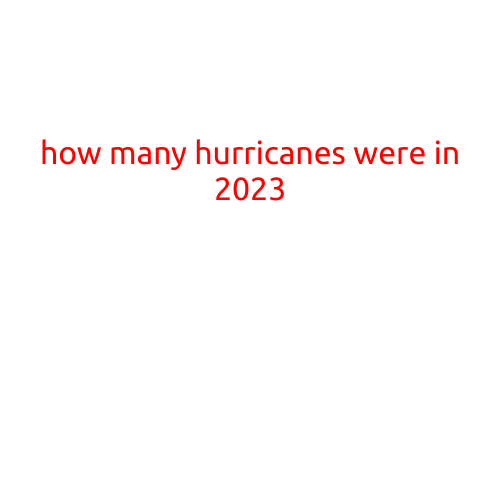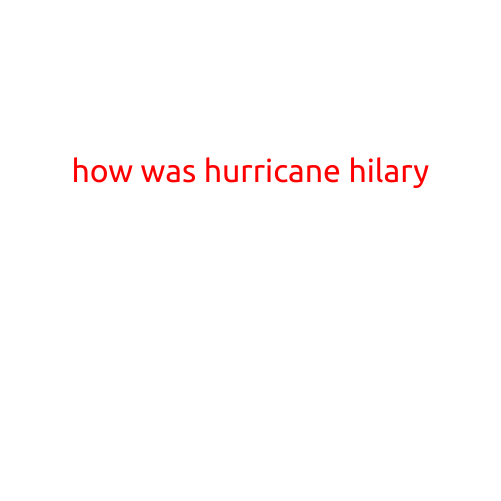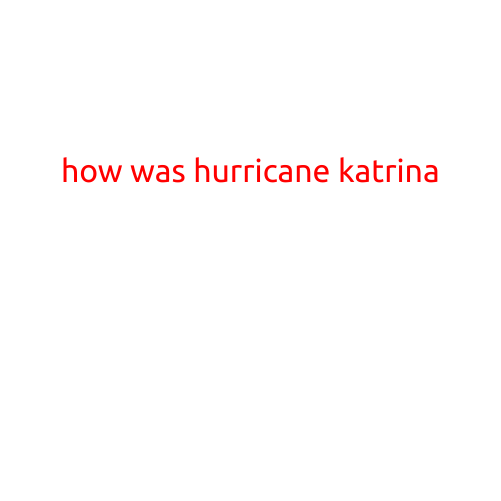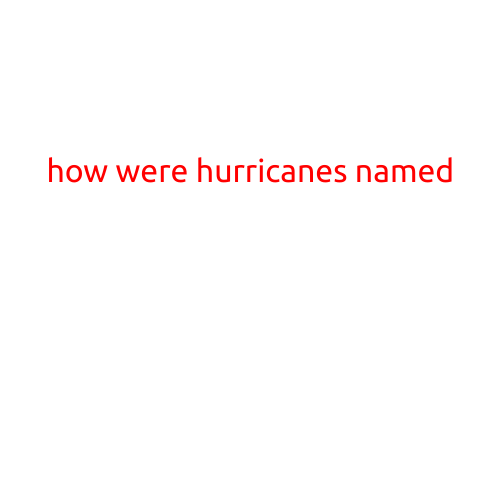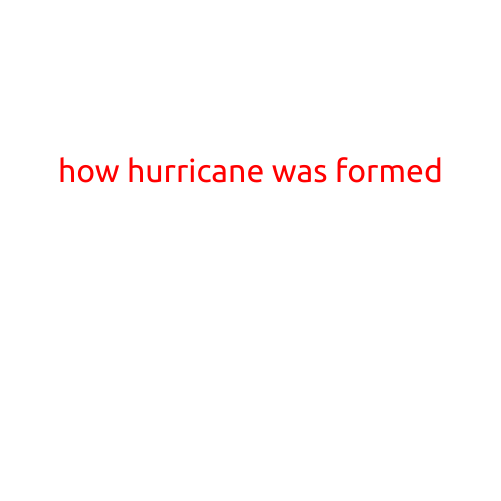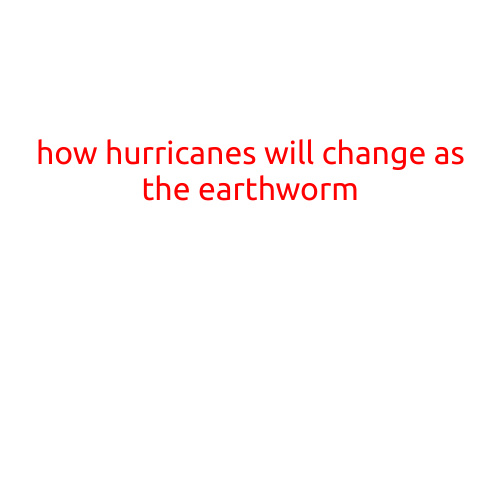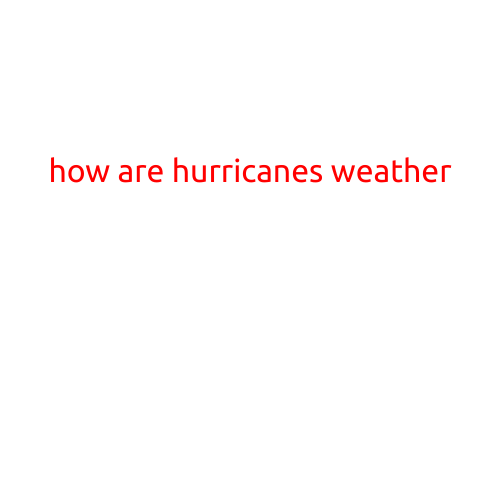
How Are Hurricanes “Weather”?
Hurricanes are one of the most powerful and destructive types of storms that can affect our planet. But have you ever wondered what defines a hurricane as a specific type of weather phenomenon? In this article, we’ll delve into the science behind hurricanes and explore what makes them different from other types of storms.
What is a Hurricane?
A hurricane is a type of tropical cyclone that forms over warm ocean waters in the Atlantic, Pacific, and Indian Oceans. It’s characterized by strong winds, heavy rainfall, and storm surges (a rise in sea level due to the storm). Hurricanes are also known as typhoons or cyclones in other parts of the world.
Formation of Hurricanes
Hurricanes form when a combination of atmospheric and oceanic conditions come together. The following factors are necessary for a hurricane to form:
- Warm ocean waters: Hurricanes need warm ocean waters (at least 26.5°C or 80°F) to a depth of about 50 meters (164 feet) to form and maintain their strength.
- Moisture: Hurricanes need high levels of atmospheric moisture to sustain the rainfall and flooding that they cause.
- Low atmospheric pressure: Hurricanes form when there is a low-pressure system in the atmosphere, which allows the air to rise and create a circulating motion.
- Wind shear: Hurricanes need a relatively calm atmosphere with low wind shear (a change in wind direction and speed with height) to allow the storm to develop and strengthen.
How Hurricanes “Weather”
So, how do hurricanes fit into the broader category of weather? In other words, what makes them different from other types of storms, such as thunderstorms or tornadoes?
- Scale: Hurricanes are much larger than other types of storms, often covering areas of thousands of square kilometers (miles). This means that they can affect millions of people and cause widespread damage.
- Intensity: Hurricanes are classified based on their wind speed, with Category 1 being the least severe and Category 5 being the most severe. The higher the category, the stronger the storm and the more damage it can cause.
- Duration: Hurricanes can last for days or even weeks, causing prolonged periods of heavy rainfall, strong winds, and flooding.
- Impacts: Hurricanes can have a significant impact on the environment, causing damage to infrastructure, disrupting transportation and commerce, and affecting agriculture and ecosystems.
Conclusion
In conclusion, hurricanes are a unique type of storm that forms over warm ocean waters and requires a specific set of atmospheric and oceanic conditions. They are characterized by strong winds, heavy rainfall, and storm surges, and can have a significant impact on the environment and human populations. While other types of storms, such as thunderstorms and tornadoes, can also cause damage and disruption, hurricanes are a distinct type of weather phenomenon that deserves our attention and respect.
